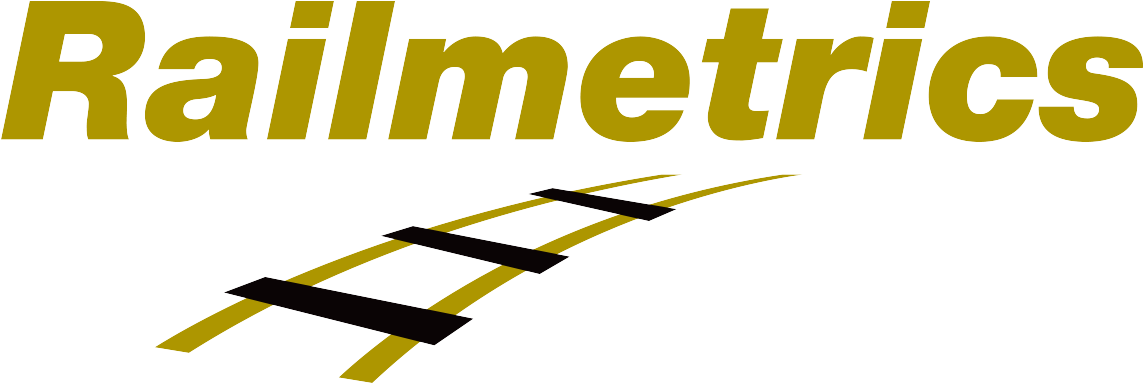Revolutionizing Spyne: Now with Angular Encoding
Based on Eddy Current Array (ECA), the Spyne™ scanner is built to inspect the external surface of pipes larger than 6 inches (in) (150 millimeters [mm]) in diameter. Its 8in (200mm) scan width and scan speeds of up to 4 feet (ft) per second (s) [1.2 meters (m)/s] makes it ideal for the rapid screening of large pipe surfaces in a matter of minutes. It can be used on any conductive material, at surface temperatures up to 150°C (300°F), and can detect flaws of any orientation in one pass. Thanks to the innovative approach of inspection companies using the Spyne around the world, the technology has been used successfully as a replacement of MPI for the detection of stress corrosion cracking, and as a replacement of nital etching for the detection of high hardness in carbon steel (hard spots).
From Axial to Angular: Unlocking Complete Pipe Surface Coverage
Until now, data acquired with the Spyne scanner was encoded axially using a spring-loaded, detachable wheel encoder. This made it easy to determine the position of flaws along the length of the pipe, but accurately finding their circumferential location required a more manual and error-prone process.
Operators had to carefully control the overlap between each scan pass, draw precise axial guidelines, and reference conversion tables to determine the angle of any given indication. While effective, this process was slow and introduced unnecessary complexity—especially during large-scale excavations or time-sensitive digs.
Those days are now behind us.
The introduction of Spyne’s new circumferential encoder—powered by miniature accelerometers—enables real-time angular positioning of the scanner relative to Earth’s gravity. The only input required from the operator is the pipe’s circumference; from there, everything else is calculated automatically.
It even works on sloped pipelines up to 30 degrees, maintaining accuracy without needing to compensate for angle variations during setup or scanning.
Even better, operators can now begin a scan anywhere on the pipe—top, bottom, or sides—and move in any sequence without concern for overlap precision or directional order. The scan data is automatically mapped to its exact angular location on the pipe’s surface, live in the acquisition software.
Think of the pipe as a blank digital canvas. With each scan, Spyne paints over the surface until there are no empty zones remaining—clearly highlighting any unscanned areas in real time. This not only improves scan quality and completeness but also provides visual confirmation of full surface coverage, dramatically reducing the risk of missed defects.

Software Upgrade: Magnifi Just Got Smarter
Speaking of software: we also took the opportunity to simplify the setup creation process in Magnifi®. It now offers both a comb scan mode (unidirectional) and true raster scan mode (bidirectional). The user interface has been simplified to only three inputs: axial start, axial end, and pipe circumference. Everything else is managed internally by Magnifi, helping new operators get up and run quickly with an intuitive interface.

Field-Proven Productivity Gains
One of the most tangible benefits of this upgrade is the angular readout directly in degrees. Instead of having to use a flexible measuring tape to mark the position of an indication located hundreds of millimeters from the top of the pipe, you can simply use an angle finder and place it at the angular location provided by Magnifi. This improvement alone leads to significant time savings in the dig when trying to locate the position of dozens of stress corrosion cracking colonies on the surface of a pipe. Initial field trials have shown an overall inspection speed with Spyne up to 40% faster than before.

Get an overview of all these advantages enabled by the Spyne’s circumferential encoder by watching this video.
A Seamless Upgrade for Existing Users
Existing Spyne users also benefit from the circumferential encoder: it is entirely embedded inside a detachable keypad, which can be purchased separately and swapped with the existing one. The new keypad includes a pause button to facilitate the transition between scan passes within a raster acquisition, and LED arrows indicating the scan direction and whether the acquisition is paused or not. On the software side, Magnifi 5.4 contains all the new features necessary to operate the encoder.


Summary: Four Ways the Circumferential Encoder Elevates Spyne
Spyne has already shown its performance in terms of high probability of detection for small defects, low operator dependency, and high scan speed. By implementing real-time angular measurements to this equipment, we are adding four core benefits to the list:
- No more dead zones: circumferential encoding decreases the likelihood of human error in Spyne inspections by making missed areas and unscanned zones clearly visible in the C-scan data, ensuring 100% surface coverage.
- More flexibility: data quality is not affected by the scan sequence order, overlap width and straightness of axial movement.
- Easier data interpretation: direct angle measurement associated with each indication makes it easier and faster to retrieve the flaws on the surface of the pipe.
- Simplified inspection workflow: by having the following key features added to Magnifi 5.4 and the Spyne keypad, pipeline inspection can be carried more smoothly and efficiently:
- Simplified setup wizard
- Less input from the user
- Pause acquisition function
- Arrow LED showing the scan direction
- True raster scan capabilities
Ready to Optimize Your Pipeline Inspections?
The new circumferential encoder makes Spyne even more powerful, giving operators and asset owners the confidence of complete surface coverage, faster decision-making, and reduced inspection times. Watch the full demo to see it in action.





